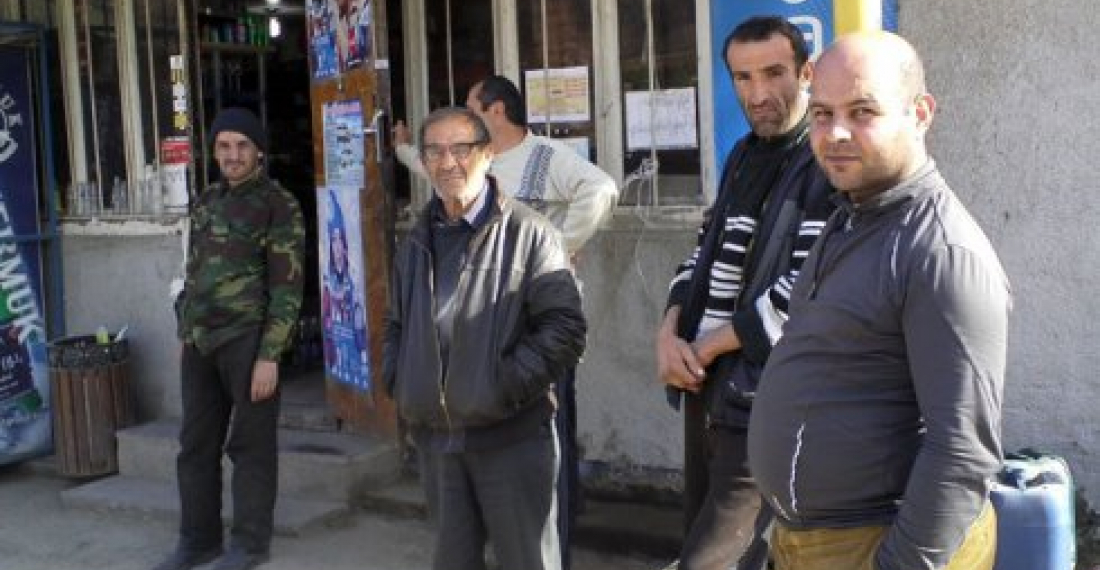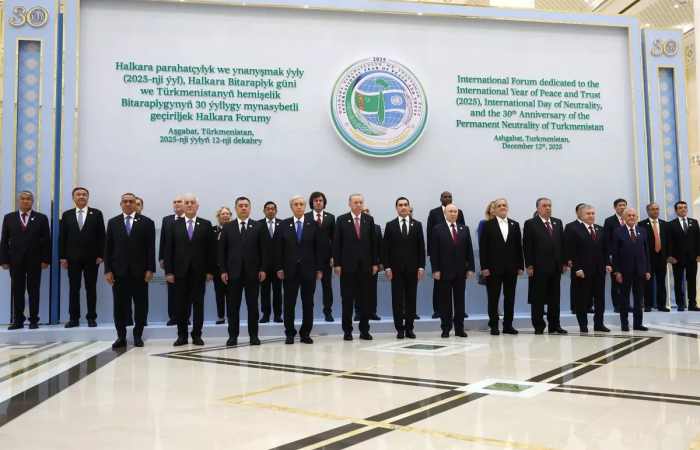For the second time this week, Armenian military sources have reported an incident on the Armenia-Azerbaijan international border.
Armenian media, citing military sources, say that Azerbaijani military opened gunfire at a civilian cargo vehicle in the town of Baghanis in Armenia's Tavush province late in the evening on Thursday (12 April). Baghanis is a town of less than a thousand inhabitants located in the north eastern corner of Armenia, close to the border with Azerbaijan. Similar incidents were reported in 2016.
Armenpress news agency on Friday quoted Narek Sahakyan, a Municipal official of the border town of Baghanis as saying that "the incident took place around 22:30 in the Baghanis-Voskepar section of the Ijevan-Noyemberyan road. The vehicle was traveling in that section, where the proximity is close, and they [Azerbaijan] are able to open effective gunfire, the outpost of the adversary is nearly 500-600 meters away from the interstate road. They opened gunfire at a cargo truck of SPAYKA, the driver is unharmed. The driver stopped in the village and later continued traveling".
This was the second incident reported in the area this week. An earlier incident was reported on 9 April when livestock was reported killed.
Armenian military forces say that retaliatory shots were fired from the Armenian side on Thursday. However the Ministry of Defence of Azerbaijan has denied that the reported incidents happened.
Commonspace.eu political editor said in a comment that the town of Baghanis is far away from the Nagorno-Karabakh conflict zone where incidents between Armenian and Azerbaijani forces are reported by both sides daily. The internnational border is usually quiet, not least because any incidents on the international border away from the conflict zone may quickly bring in outside parties. Russia, which is locked in a military alliance with Armenia, has made it clear that it sees any violation of the state border as a violation of an ally and member of the Collective Security Treaty Organisation. For this reason the matter is very sensitive. On the ground however, Azerbaijani military positions overlook an important road connecting the northern part of Armenia with the rest of the country. Incidents near Baghanis have occured before, but the circumstances, as on this occasion, were the subject of speculation.
source; commonspace.eu with agencies
photo: Residents of Baghanis outside a local shop, photographed shortly after similar incidents in 2016 (picture courtesy of hetq.am)






